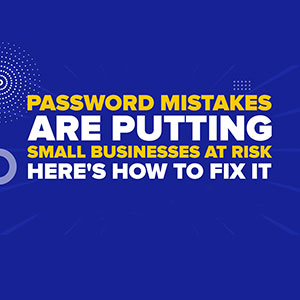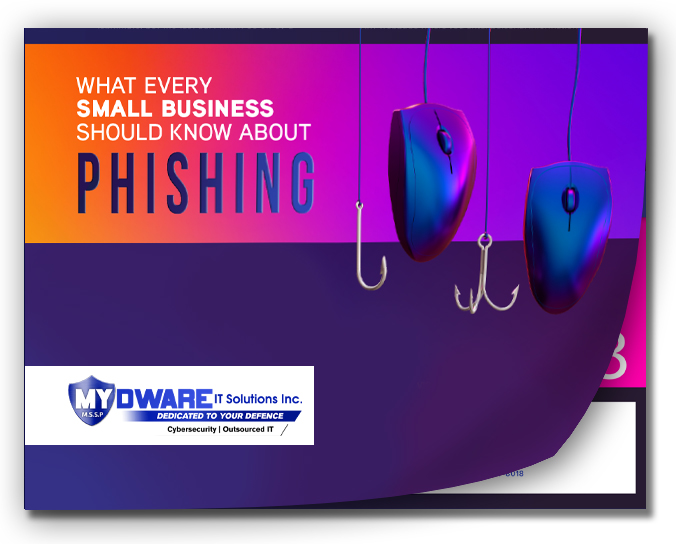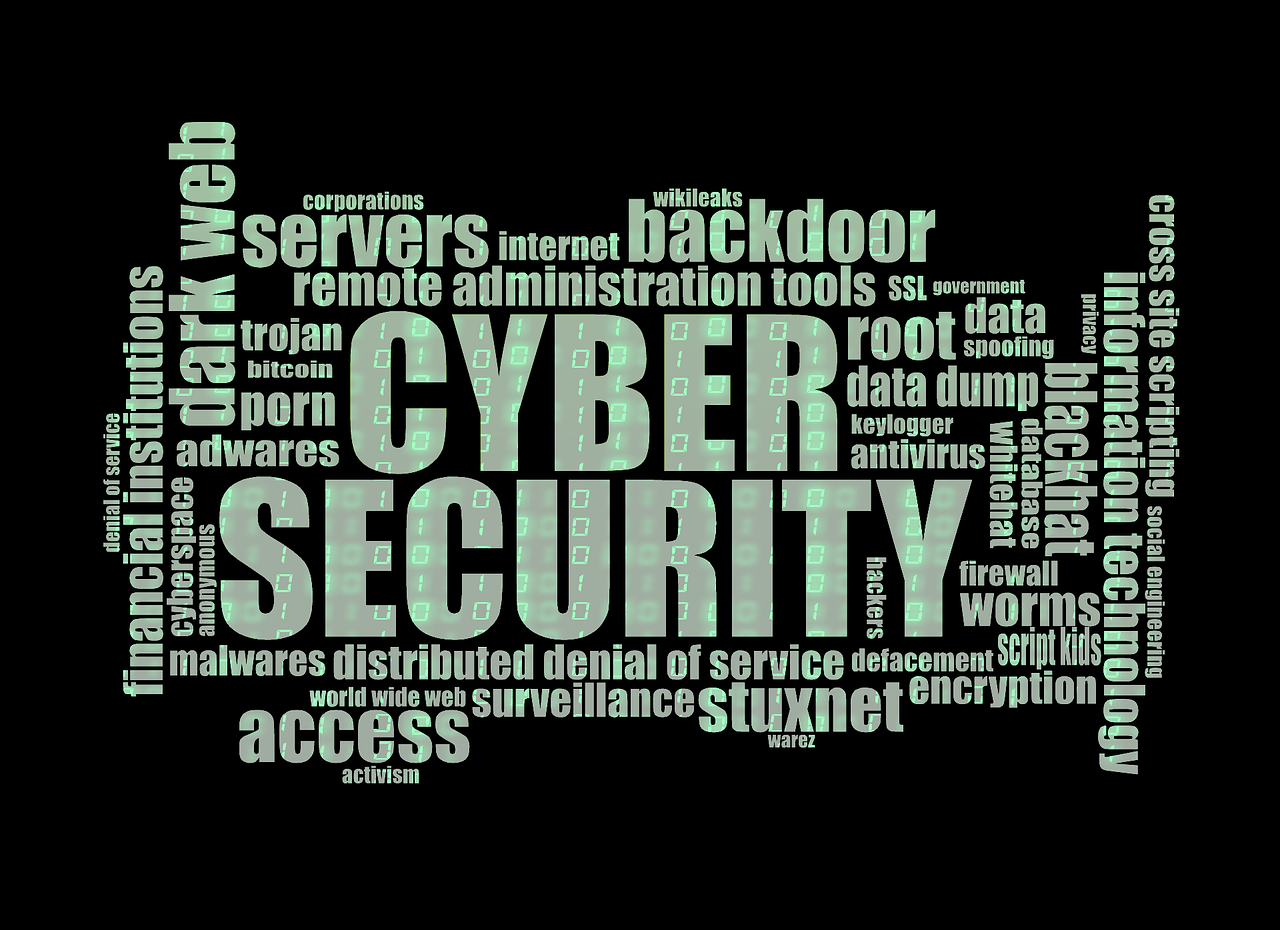
In 2025, cybercriminals don’t need to “hack” into your systems—they just log in. And they do it using your team’s weak passwords.
That single password your team reuses across apps? It could lead to data breaches, financial loss, or worse—total system takeover. Book a FREE cybersecurity risk assessment NOW and find out where your business is vulnerable.
How Password Attacks Actually Happen
Brute-force tools make it easy for attackers
Hackers use software that guesses millions of password combinations in seconds. If your password is basic or reused, it won’t hold up.
The fallout hits fast and hard
Once inside, attackers can steal sensitive data, lock you out, or move laterally through your systems. It doesn’t take long before business operations stall.
Real consequences for local businesses
It’s not just enterprise companies under attack. Small and mid-sized teams are prime targets because they often overlook the basics—like proper password habits.
Looking at the bigger picture? Here are 5 ways how an IT service provider helps reduce third-party risks.
What a Strong Password Looks Like in 2025
Length, complexity, and randomness are non-negotiable
A solid password should be:
- At least 14 characters long
- A mix of upper/lowercase letters, numbers, and symbols
- Free of names, birthdays, and real words
Passphrases make it easier (and safer)
Forget short words. Try combining random, unrelated ones like “Coffee!RainWindow78” or “SkateCloud$MapleLeaf2025”.
Need a full privacy overhaul? Check out 5 simple & easy steps to protect your privacy online.
Common Mistakes That Leave the Door Wide Open
1. Reusing passwords across multiple accounts
Once one account is breached, they all fall like dominoes.
2. Using obvious or personal info
Hackers love when people use birthdays or company names—it saves them time.
3. Writing them down in plain sight
Sticky notes, spreadsheets, and unsecured files are goldmines for attackers.
4. Skipping multi-factor authentication
Even the strongest password isn’t enough without MFA backing it up.
Want to prevent future gaps? Learn how data security is crucial for business continuity.
Tools That Make Password Security Easier
Password managers take the guesswork out
These tools create, store, and auto-fill strong passwords so your team doesn’t have to remember dozens of them.
Only one password to rule them all
Just set a master password for the manager—and let it handle the rest. It’s encrypted and way more secure than trying to memorize a bunch of logins.
Lock Down Your Login Strategy Before It’s Too Late
Weak passwords aren’t just a tech issue—they’re a business risk. And if your team doesn’t follow a smart password policy, you’re gambling with your data.
Your next step? Book a FREE cybersecurity risk assessment NOW and get a clear picture of how to stay protected in 2025.
Darryl Cresswell
CEO & President
MYDWARE IT Solutions Inc.




